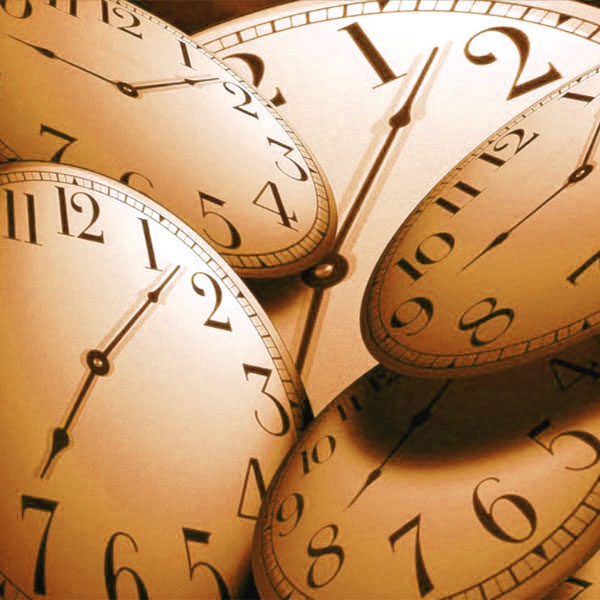March is the month in which spring arrives but with it come pollen allergies (How many people do we hear sneezing? Many, and they always have a tissue nearby to blow their nose!). It is flowering season and the days get longer. The sun gradually sets later and later and as the light improves so does our mood. Then, at the end of March (in Europe), Daylight Saving Time (DST) returns and we set our clocks ahead an hour until the end of October. In 1966, in Italy, it was decided to introduce DST which at the time lasted just four months while, since 1996, it lasts seven months, from the end of March to the end of October.
The reasons for introducing this change are very understandable: an extra hour of light every day lets us save a great amount of energy and we takes advantage of the time to be outside, to walk and even to enjoy the nightlife. We get home later because looking at the sky we say, “It’s still day time out!”
Then at the end of October, Standard Time returns and the darkness increases.
But a public consultation conducted by the European Commission in 2018 that asked European citizens whether they were for or against the time change received responses more than 80% in favour of extending Daylight Saving Time to the entire year, thus increasing the possibility of less energy consumption and a positive effect on road safety because of the “longer hours” of light.
The decision to eliminate Standard Time has not yet been reached and so the discussion continues on mass media sites. Meanwhile, at least for this year, we know for certain that during the night of Sunday, 30 to 31 March, we will set our clocks ahead one hour and at that point, with Daylight Saving Time, the harsh winter will truly be behind us.

